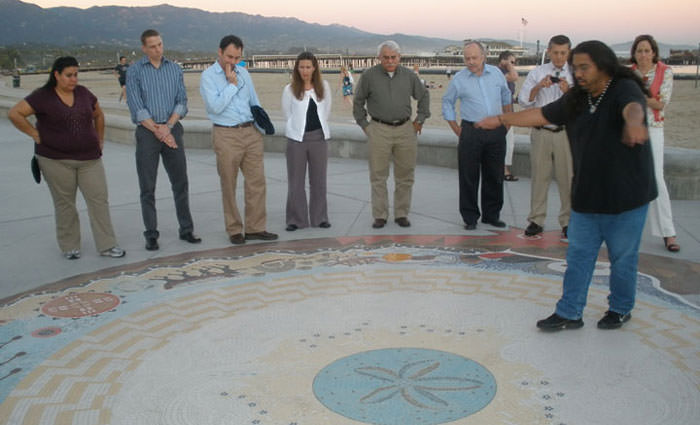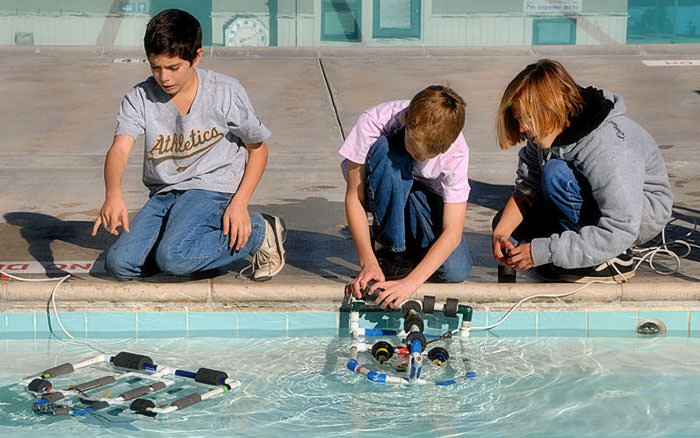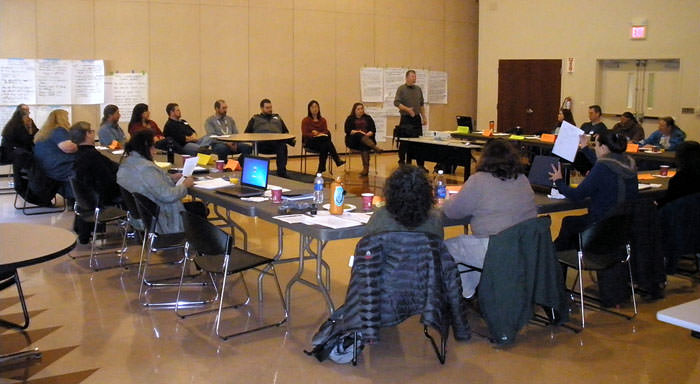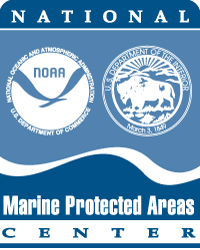Engagement, Outreach & Interpretation
A Resource by the Marine Protected Areas Federal Advisory Committee (These statements do not necessarily reflect the positions of NOAA or the U.S. Government)

Stakeholder engagement refers to a variety of ways in which protected area managers reach out to those interested in or affected by protected area management to inform and involve them in management issues. Engagement can be thought of along a spectrum of involvement, from simple awareness to active participation in management activities (such as through citizen science). Examples of engagement strategies include:
- Communication (e.g., media, social media, websites)
- Signage
- Experiential activities (e.g. guided snorkeling or dive trips; other field trips)
- Advisory bodies (e.g., Sanctuary Advisory Councils)
- Community volunteers (e.g. volunteer docents)
- Citizen science (e.g., volunteer monitoring)
- "Friends of.." Groups
Opportunities and Obligations

Engaging with stakeholders is a critical element of successful management of protected areas. Managers engage stakeholders for a wide variety of reasons, from raising awareness about the existence or conservation goals of an MPA to recruiting volunteers and citizen scientists. Managers of marine cultural resources have a special opportunity when engaging the public, as these resources have the potential to capture the imagination and connect people to their heritage. Key objectives for engaging stakeholders include:
- Increase awareness and raise visibility of the MPA
- Enhance understanding and support for the MPA's purpose and resources
- Sustain formal and/or informal communication and collaboration with community members
- Encourage stewardship behaviors
- Enable others to help advance MPA objectives
- Instill community ownership and pride in the MPA
Methods and Approaches

A handbook developed by the University of Michigan in collaboration with NOAA Marine Protected Areas Center, Engaging Communities in Marine Protected Areas (PDF) describes principles for MPA managers in engaging communities:
- be proactive
- be clear about purposes and terms
- understand, validate and speak to the community's concerns
- start early, with clear expectations
- be responsive
- be inclusive
- build on common needs and goals
- recognize that it all begins with relationships
Related Topics
Tribal consultation is a formal means of communication between federal agencies and the government of a federally-recognized tribe that reflects the United States' recognition of the sovereignty of federally-recognized tribes. This process is used to exchange information, deliberate, and address federal policies that have tribal implications. As such, this process is distinct from stakeholder engagement, and entails unique legal issues. In many coastal areas, original tribes continue to live in their traditional homelands and are state-recognized, but not federally-recognized. While the obligation to have formal consultation refers only to federally-recognized tribes, federal agencies may find it productive to enter into informal consultative relationship with non-federally recognized tribes and tribal communities who continue to carry multi-generational knowledge of their cultural landscapes. For guidance regarding indigenous peoples, which includes non-federally recognized tribes, see United Nations Declaration on the Rights of Indigenous Peoples.
NOAA Procedures for Government to Government Consultation with Federally Recognized Tribes
Case Studies
38th Voyage of Whaleship Charles W. Morgan
The Chincoteague Wreck Tagging Program
Engaging Communities in Marine Protected Areas: Concepts and Strategies from Current Practice
 Marine Protected Areas
Marine Protected Areas